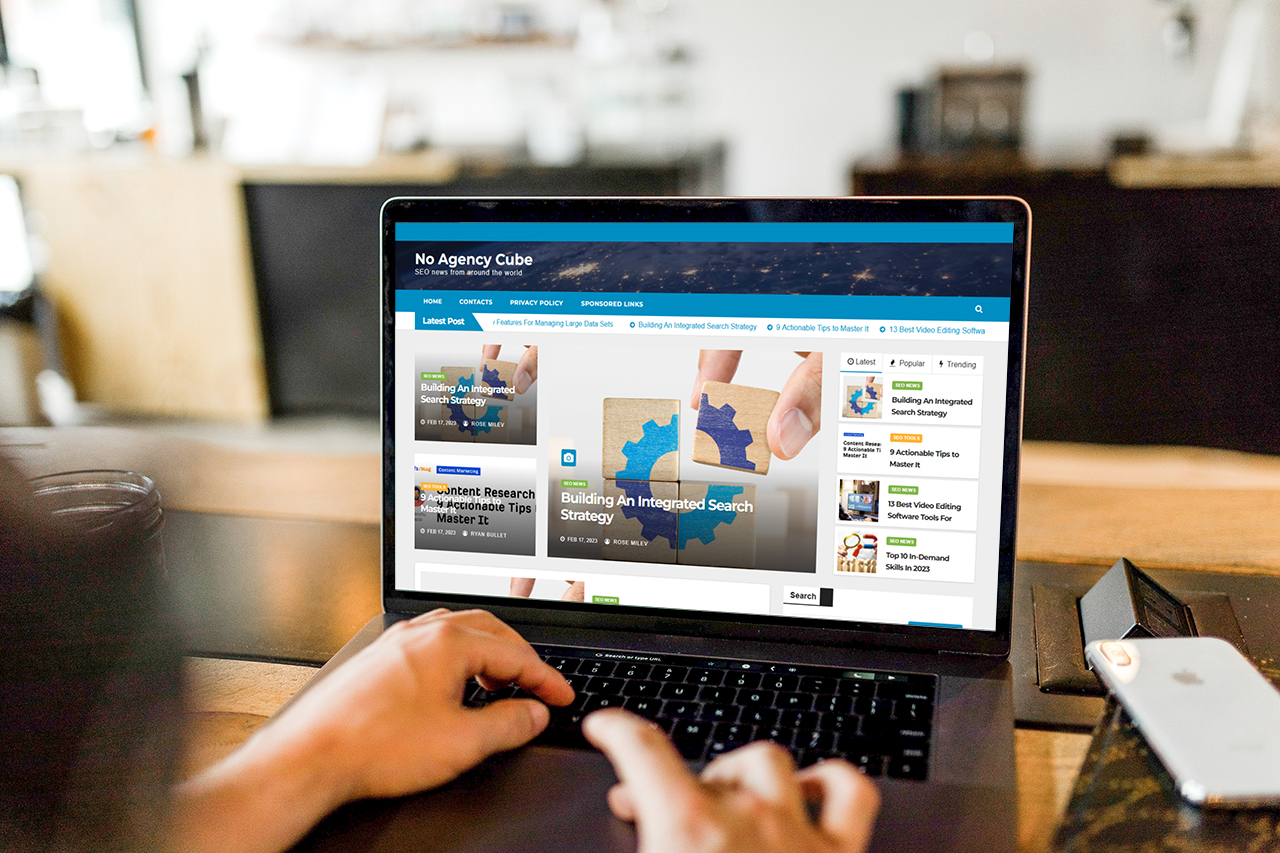In today’s digital age, having a website that’s easy to navigate is essential for success. A website with confusing navigation can frustrate visitors and drive them away, resulting in lost traffic, leads, and sales. In this article, we’ll share the best practices for creating a user-friendly website navigation that improves your site’s UX and helps you achieve your business goals.
User-friendly navigation is critical for both user experience and search engine optimization. A well-designed navigation system helps visitors find what they’re looking for quickly, encourages them to stay on your site longer, and helps search engines understand your site’s structure and content.
Planning Your Navigation
The first step in creating a user-friendly navigation is to plan it carefully. Here are the steps to follow:
- Conduct User Research: Conduct user research to understand your visitors’ needs and behavior. This will help you design a navigation system that meets their expectations and helps them achieve their goals.
- Define Your Primary and Secondary Navigation: Define your website’s primary navigation, which includes the main categories of your site, such as “Home,” “About Us,” “Products,” and “Contact.” Your secondary navigation includes subcategories, such as “Product Categories” and “Product Details.”
- Create a Sitemap: Create a sitemap to organize your content into a hierarchical structure. This helps visitors and search engines understand the relationship between different pages and sections of your site.
Best Practices for User-Friendly Navigation
Here are some best practices to follow when designing your website’s navigation:
- Keep It Simple and Intuitive: The key to a user-friendly navigation system is to keep it simple and intuitive. Avoid cluttering your navigation with too many options or complex layouts that confuse your visitors.
- Use Clear and Concise Labels: Use clear and concise labels for your navigation items. This makes it easier for visitors to understand what each option means and find the content they need.
- Group Related Items Together: Group related items together in your navigation to help visitors understand the structure of your site and find content that’s relevant to their needs.
- Provide Context and Visual Cues: Provide context and visual cues to help visitors understand where they are on your site and how they can find what they’re looking for. For example, use breadcrumbs, active states, and hover effects to highlight the selected and hover-over items.
- Use a Search Bar to Help Users Find What They Need: A search bar is an essential component of a user-friendly navigation system. It helps visitors find what they’re looking for quickly and easily.
- Consider Mobile Users in Your Design: Design your navigation system with mobile users in mind. Use responsive design techniques to ensure that your navigation looks good and functions well on smaller screens.
Designing Your Navigation
Once you’ve planned your navigation and identified the best practices to follow, it’s time to design your navigation. Here are some design tips to keep in mind:
Designing Your Navigation Menu: Decide whether to use a horizontal or vertical navigation menu. Horizontal menus work best for sites with fewer categories, while vertical menus work well for sites with a more complex structure.
Using Dropdown Menus or Mega-Menus to Organize Subcategories: Use dropdown menus or mega-menus to organize subcategories in your navigation. This helps visitors find the content they’re looking for quickly and easily.
Designing Your Navigation for Accessibility: Design your navigation with accessibility in mind. Ensure that your navigation is compatible with screen readers, and use contrast and font sizes that are easy to read.
Testing and Measuring Your Navigation
To ensure that your website’s navigation system is user-friendly, it’s crucial to test and measure it continually to identify any issues and optimize it. There are several ways to do this. First, conduct usability testing with real users to get feedback on the ease of finding content and navigating your site. Use this feedback to improve your navigation system.
Second, use analytics to measure user engagement with your navigation. Identify the most popular navigation items and pages, and optimize your navigation system to prioritize them. Finally, use the data you collect from user feedback and analytics to continually optimize your navigation system. By making changes to improve the user experience, you can achieve your business goals and ensure that your website provides an excellent user experience for your visitors.
Conclusion
In conclusion, a user-friendly navigation system is crucial for the success of your website. It helps visitors find what they’re looking for quickly and easily, encourages them to stay on your site longer, and helps search engines understand your site’s structure and content. Follow the best practices we’ve shared in this article, plan and design your navigation carefully, and continually optimize it based on user feedback and data. Doing so will help you create a website that provides an excellent user experience and drives your business’s success.
